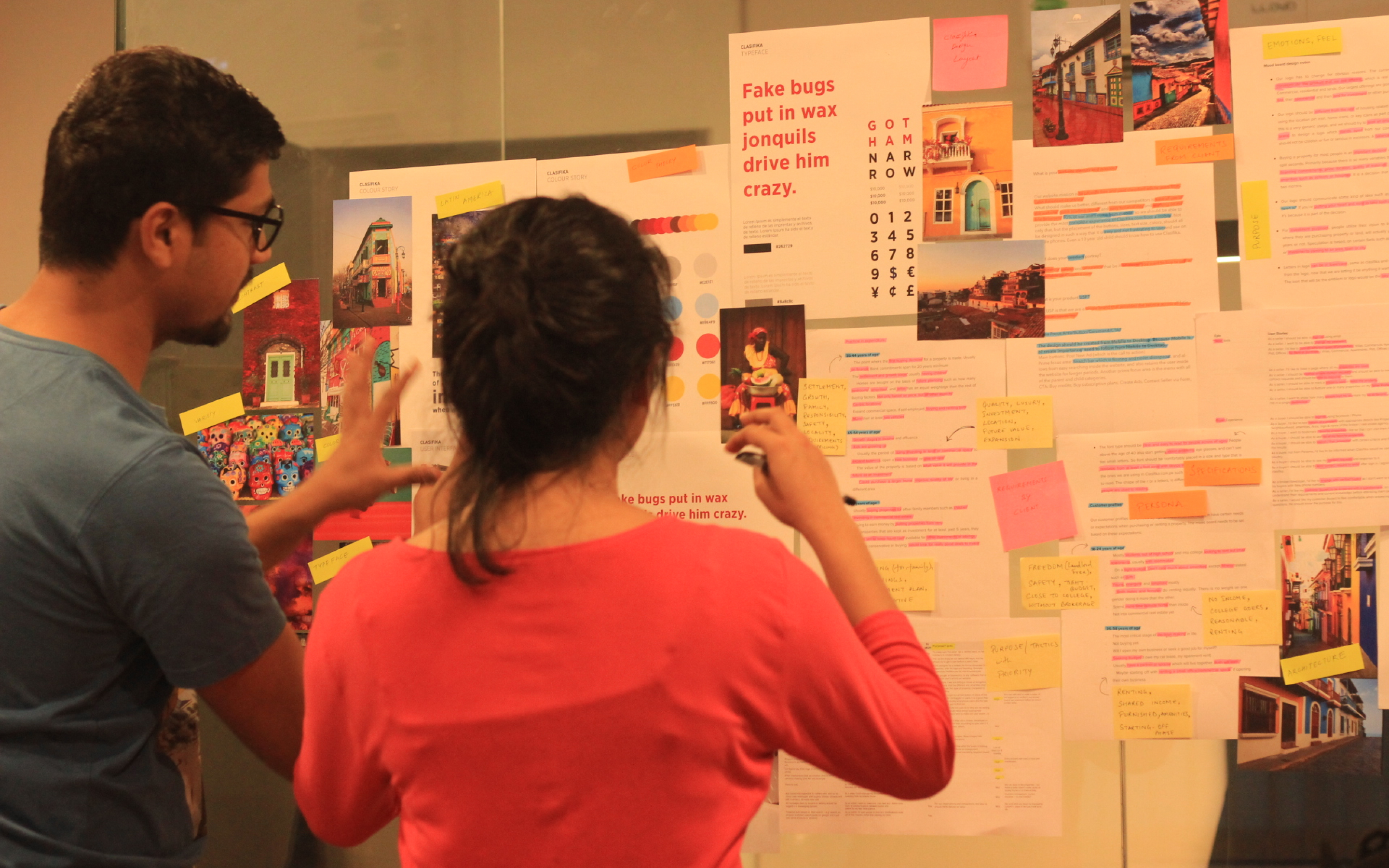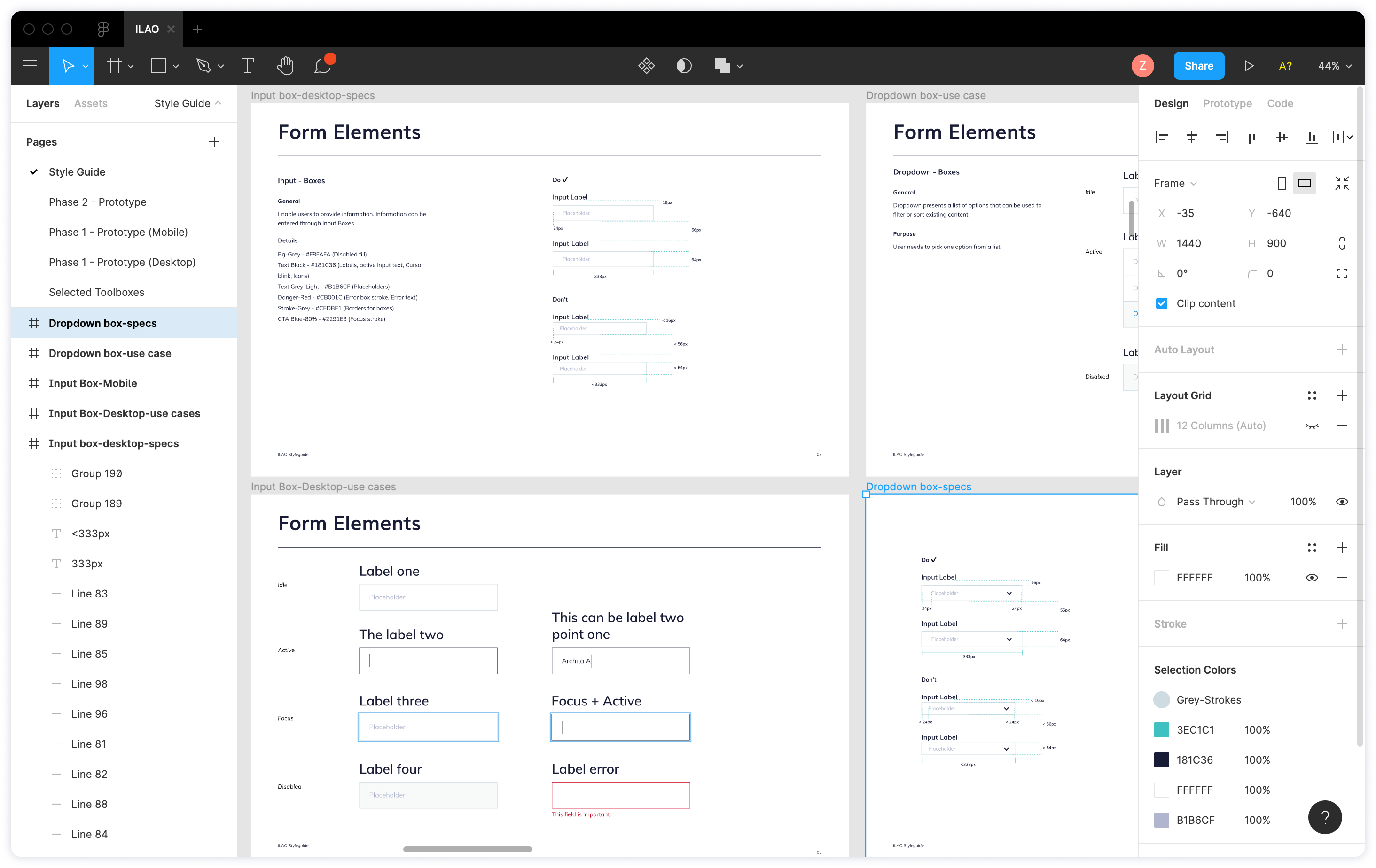The process of redesigning a website requires a cycle of understanding the existing product from interviewing the stakeholder to designing the product and delivering the design for development. In the process of redesign — Part 1, we started with understanding the definition of a redesign, the factors that possibly lead to a redesign and the initial steps of interviewing the stakeholders, creating a creative brief and making informed strategies to fuel the process. In this post, we will be elaborating on the further steps that complete the process of a redesign.
Design
To redesign the old design means removing everything that doesn’t facilitate better results for a deeper emotional response from the users. It’s important to identify and define the parts of the current design that may be working well from the ones that are not. Some of the major focus points for the same are —
- User experience
- Accessibility
- Intuitive Navigation
- Conversion Rate Optimisation
- Impactful UI - As form follows function
- Aesthetics
- Evoking the right emotions
- Content Strategy

Create an aesthetic language and usability design for the homepage with artboards, mood boards and color palettes. Brainstorm the keywords and sketch as much. The more ideas the better.
To move ahead with the core concept get the stakeholder's feedback. The other components and elements of the website move in the same direction as the homepage. Once the homepage is finalised the concept then graduate into being a prototype close enough to get a strong sense of the concept's core potential.
The steps involved in the process of an effective design solution is elaborated and explained in our post — The Design Process - All Work, All Play
Testing
Usability testing helps to determine the usability of design and see if users can orient in the UI and use it. It's usually done with prototypes on the target users defined during the research. Usability testing is an ongoing process to find out concrete responses to the redesigned website.
It's important to test the design solutions of a redesigned website in a tangible real-world. Testing allows experimenting with websites potential users in both qualitative and quantitative phase. There are several methods of testing a website's usability and different kind of testing is conducted to achieve varied results —
- Guerilla Usability Testing
- Steve Krug’s User Testing
- Usefulness Testing
- Desirability Testing
- Eye Tracking
Testing begins early in the redesign process to minimize any error possibility. It gives an in-depth evaluation of the website. Usability testing also allows designers or developers to discover problems before they are coded in order to improve the usability of the website and create a good user experience. The purpose of testing is simple, it is to provide solutions for any problem that may come in future.
Here are some of the online available usability testing tools —
UserTesting: The Human Insight Platform
Remote User Testing Platform | Userlytics
See your website through other people's eyes
UserZoom | User Experience (UX) Research Platform
Creating a Design System
Putting the design elements into an understandable organised system is important. A design system is an evolving guide that determines the composition of a website. A clearly organised design system converts the website elements into a cohesive toolkit which is used by the teams as the product goes forward.
The composition of the system is different for every project, it includes guidelines for everything from style palettes — colors, shadows, type scale, spaces, fonts, error message styling to the component library — layouts, grids, coding conventions, icons, buttons and everything else.
Design systems save time and are created to overcome inconsistencies while also speeding up the workflow. The reusable tool kit also makes sure that the current redesign is flawless. It provides a convenient starting point for the future.

Apart from the design system, it's important to provide all details about the redesign in-person. It helps the stakeholders and future teams understand the flow of the website and get tactical training. This clears the goal of bringing in transparency in redesign solutions.
No two redesigns of any websites are similar. Taking all steps of the redesign process usually works to create a successful website. A detailed interview, well thought of and discussed creative brief, a well-informed strategy and a flexible design process brings in a stress-free workflow and helps to stay well documented and meet deadlines until the handoff.

